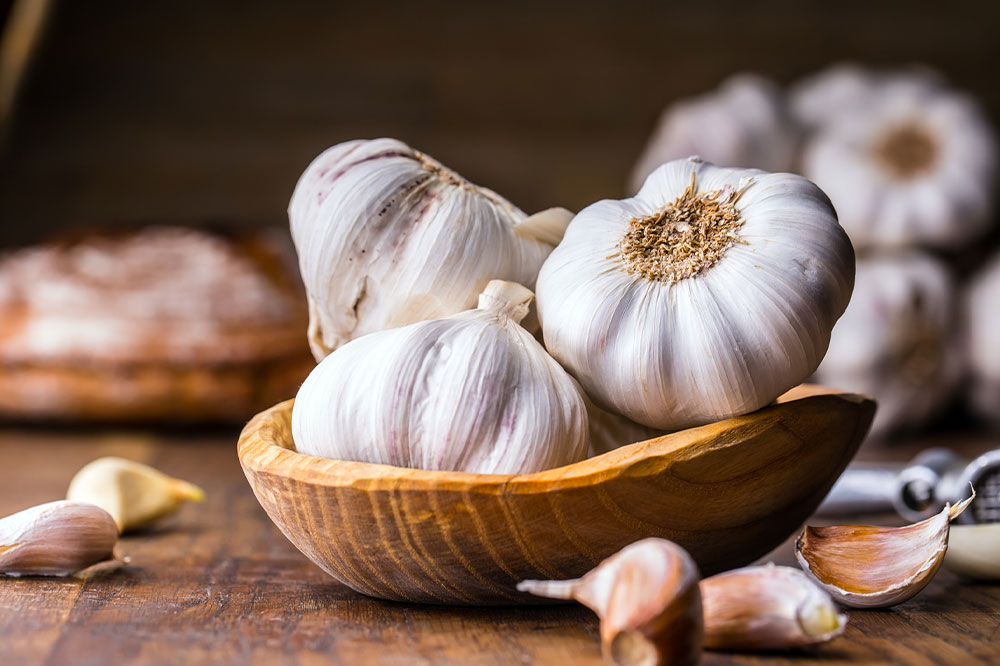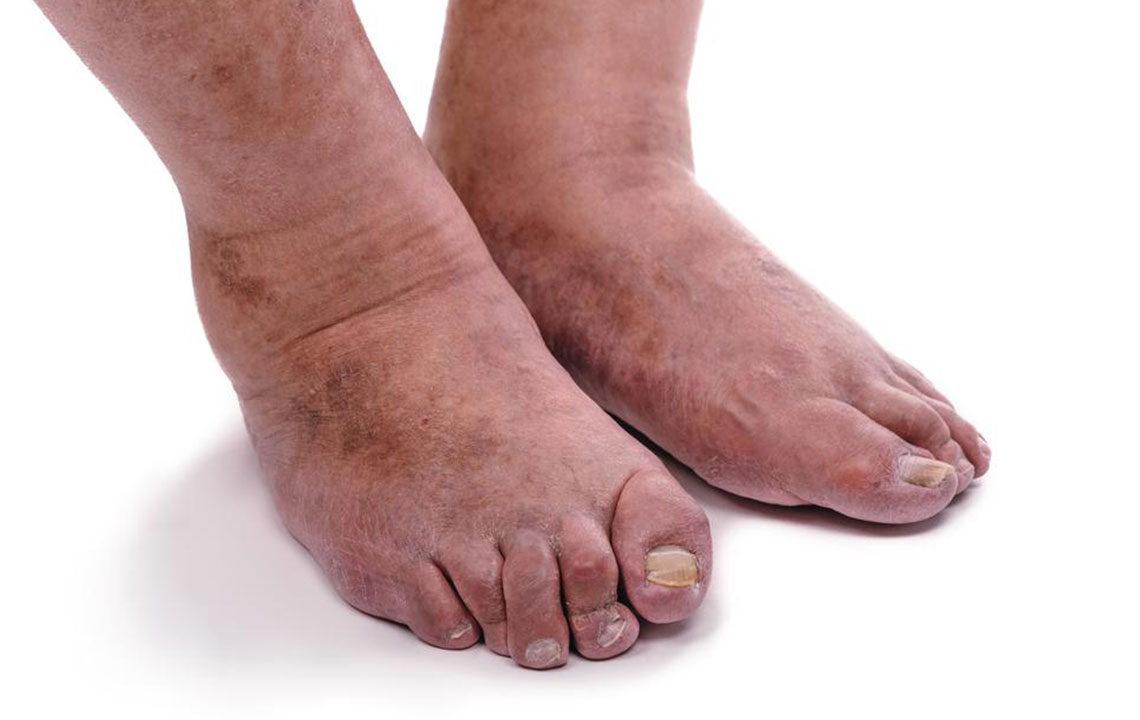Comprehensive Overview of Polymyalgia Rheumatica: Causes, Risk Factors, and Management Strategies
Polymyalgia Rheumatica (PMR) is an inflammatory condition mainly affecting older adults, involving complex factors like genetics, immune dysfunction, environmental influences, and age-related changes. This detailed article delves into the causes, risk factors, and management strategies for PMR, helping readers understand its multifaceted nature. Recognizing triggers such as infections and stress, alongside advancing medical treatments, can improve quality of life for individuals suffering from this challenging condition. Staying informed about the disease's origins prepares patients and clinicians to manage symptoms effectively and explore innovative therapeutic options.

An In-Depth Look into Polymyalgia Rheumatica: Origins, Risks, and Insights
Polymyalgia Rheumatica (PMR) is a prevalent inflammatory condition predominantly affecting older adults, especially those over the age of 50. Characterized by simultaneous inflammation of several major muscle groups, particularly around the shoulders, neck, and hips, PMR often presents with symptoms such as muscle pain, stiffness, and fatigue. Despite being a common ailment among seniors, its exact causes remain a mystery, making diagnosis and management challenging for healthcare professionals. In this comprehensive article, we explore the multifaceted causes and risk factors associated with PMR, along with insights into potential triggers, genetic predispositions, and environmental influences that contribute to its development.
Genetic Predisposition and Family History
Research indicates that genetics can play a role in the susceptibility to PMR. Individuals with a family history of autoimmune disorders or related vascular diseases such as giant cell arteritis (GCA) appear to have a higher risk of developing this condition. Although specific genetic markers have yet to be definitively identified, ongoing studies aim to uncover genetic patterns that predispose certain individuals to autoimmune inflammatory processes like PMR. Recognizing a familial link can be crucial for early diagnosis and proactive management in at-risk populations.
Immune System Abnormalities and Autoimmune Components
One of the leading theories surrounding PMR’s origins involves dysfunction of the immune system. In autoimmune conditions, the immune response mistakenly targets healthy tissues, resulting in persistent inflammation. For PMR, this is believed to involve immune cells such as macrophages and cytokines that promote inflammatory responses affecting muscles and surrounding tissues. Although the initial trigger remains elusive, abnormal immune signaling is considered central to disease pathogenesis. Understanding immune dysregulation in PMR opens pathways for targeted therapies that modulate immune responses, aiming to reduce symptoms and prevent complications.
Infectious Agents as Possible Triggers
Emerging evidence suggests that infections, particularly viral and bacterial, may act as external stimuli that activate the immune system, potentially triggering PMR in susceptible individuals. Respiratory infections, such as those caused by influenza or shingles, are often suspected to precipitate or exacerbate inflammatory responses. These pathogens can stimulate immune cells and cytokine release, leading to heightened inflammation of muscles and joints. While direct causality has not yet been conclusively established, understanding this connection emphasizes the importance of managing infections promptly, especially in older adults with predisposed immune systems.
Environmental Factors and Toxins
There is growing recognition that environmental exposures may influence the development and severity of PMR. Exposure to pollutants, chemicals, or toxins found in air, water, or workplace environments could potentially interact with genetic predispositions, impairing immune regulation and promoting inflammation. Chronic exposure to environmental pollutants might also contribute to the systemic inflammatory state seen in PMR patients, though more research is necessary to establish direct causality. Lifestyle modifications aimed at minimizing toxin exposure could be beneficial adjuncts in managing individuals at risk.
Age and Hormonal Changes: Unique Risks
Age remains the most significant risk factor for PMR, with the majority of cases diagnosed in individuals over 50 years old. The immune system undergoes gradual decline with age, a process known as immunosenescence, which can lead to decreased immune regulation and increased inflammatory activity. Hormonal fluctuations, particularly in postmenopausal women, may further influence disease onset. Cortisol, the body’s primary stress hormone, tends to vary with age and stress, affecting inflammation control. Age-related changes in joint and muscle tissue elasticity and regeneration capacity also predispose older adults to develop conditions like PMR.
Autoimmune Theories and Pathophysiology
Many experts categorize PMR as part of the spectrum of autoimmune diseases, where the immune system malfunctions and targets self-tissues. Faulty autoimmune mechanisms involving immune cells, cytokines, and other mediators are believed to contribute to the disease’s onset. These immune pathways result in inflammation, pain, and stiffness. Although the exact trigger remains unidentified, the autoimmune hypothesis helps explain the chronic nature of PMR and guides research into immunomodulatory treatments. Addressing autoimmune dysregulation is essential in controlling disease progression and improving patient outcomes.
Complex Interplay of Factors
Given the complexity of PMR's origins, it’s widely believed that multiple factors act together to cause this condition. Genetic predisposition, age-related immune decline, environmental toxin exposure, infections, and hormonal shifts form an intricate web of interactions that elevate the risk. Such a multifactorial model emphasizes the importance of a holistic approach in diagnosis and treatment, incorporating lifestyle adjustments, systemic evaluations, and personalized management plans. Recognizing these interconnected factors allows healthcare providers to better anticipate, prevent, and manage PMR in diverse patient populations.
Managing Stress and External Triggers
Psychological stress can significantly influence immune activity, often worsening inflammation and pain in PMR patients. Chronic stress triggers the release of hormones such as cortisol and adrenaline, which can dysregulate immune responses and exacerbate symptoms. Therefore, stress management techniques like relaxation exercises, meditation, and engaging in hobbies are recommended to mitigate these effects. Additionally, infections—especially viral and bacterial—can provoke immune activation, leading to disease flares. Monitoring for and promptly treating infections are crucial strategies for managing disease activity and improving quality of life for individuals with PMR.
Therapeutic Considerations and Medical Supervision
Effective management of PMR requires careful medical oversight, especially because certain medications influencing immune function can affect disease progression or cause side effects. Corticosteroids remain the mainstay of treatment, effectively reducing inflammation and alleviating symptoms. However, long-term steroid use carries risks, making it necessary to regularly monitor patient health. Patients on immunosuppressive treatments or those undergoing therapy for other autoimmune diseases should be closely supervised to recognize drug interactions and adjustments needed. Understanding trigger factors and maintaining a proactive treatment regimen are key components in enhancing patient outcomes and preventing complications.





